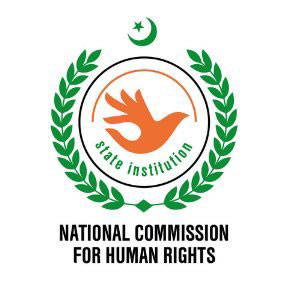National Commission for Human Rights (NCHR) and Musawi’s have expressed concern over the high percentage of incomplete nikahnamas reported in a diagnostic study of Punjab titled “Protecting Women’s Marriage Rights in Pakistan.” The study finds 60 per cent of nikahnamas, registered from 2016 to 2022, as incomplete.
The findings were discussed in the first working group meeting of ‘Inter-Provincial Working Group on Protecting Women’s Marriage Rights’ held on Thursday. The meeting was third in the series of working groups, to discuss the provincial differences in legislation and implementation framework regarding women’s marriage rights across Pakistan.
The diagnostic study shows that the bride’s CNIC number was missing in 48 per cent of the total nikahnamas out of which 75 per cent of bride’s were marked as between the age of 16-18. Only 8 per cent of nikahnamas contained the right of monthly allowance, 39 per cent had nan nafqah/haqmaher documentation column crossed out or left blank and 97 per cent of the nikahnamas did not give delegation of right of divorce out of which 40 per cent had the column crossed or left blank. In addition, 51 per cent of NNs did not contain any special conditions, only 24 per cent of nikahnamas mentioned date of registration of nikahnama, brides age was mentioned in only 6 per cent of nikahnamas.
Speaking on this occasion, Chairperson NCHR, RabiyaJaveri Agha highlighted the importance of clarity of laws on the definition of child. “There are different laws and policies such as Article 11-3 and Article 25 A of the constitution which give a differing interpretation of the age of child. There should be uniformity and consensus in federal and provincial laws,” she said emphasizing the importance of focusing on the nikkahnama as a legal document to ensure protection of women marriage rights.
CEO Musawi, Fatima YasminBokhari welcomed the guests and stressed the need to build a multi-stakeholder collaboration for advocacy on marriage rights on an inter-provincial platform to share best practices and enable cross learning from differing provincial legal frameworks, processes and practices.
NCHR Member (Punjab), Nadeem Ashraf, expressed his vision of creating systemic improvement and the possibility of a uniform policy between all provinces and ICT regarding marriage rights to ensure the mutual benefit of every province with future and existing laws. Participants of the working group included members from provincial assembly, civil society, government officials and other relevant stakeholders. Participants stressed the need for uniform laws in respect of marriage rather than relying on the differing provincial laws.










